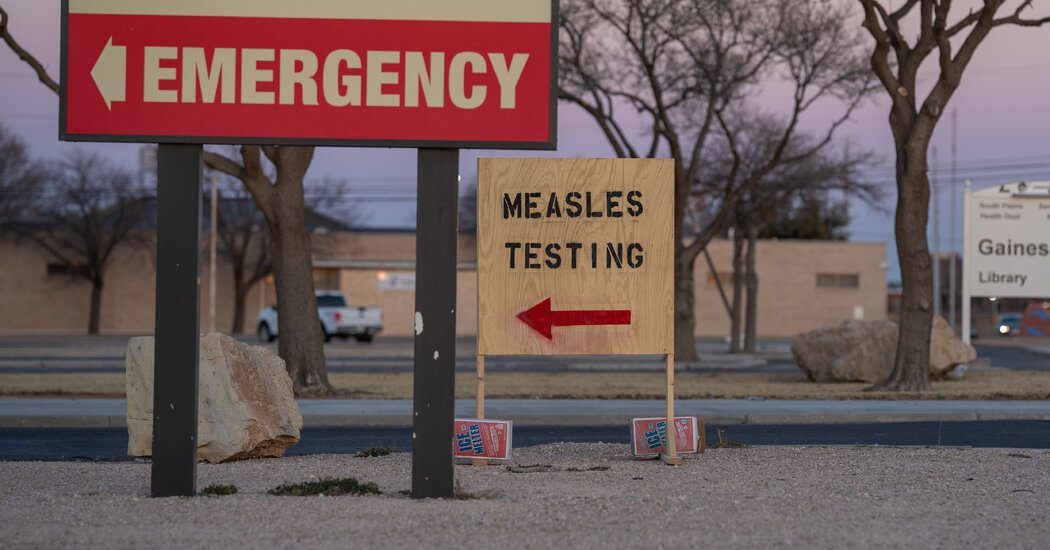
ATLANTA — A recent study reveals that consuming alcohol can significantly raise the risk of severe liver damage, especially for individuals with a large waistline or diabetes. Those with high blood pressure also face nearly double the risk when they drink, according to the findings.
Dr. Andrew Freeman, director of cardiovascular prevention and wellness at National Jewish Health in Denver, Colorado, emphasized the importance of these health risks, noting, “People often engage in harmful behaviors, unknowingly jeopardizing their health.” He pointed out that during major sporting events, many tend to indulge in processed foods like hot dogs, bacon, and pepperoni, which pose cancer risks comparable to smoking.
“Consuming heavily processed, high-fat, and sugary foods can lead to insulin going into overdrive, resulting in insulin resistance, elevated blood sugar levels, and ultimately fatty liver,” Freeman explained. “If alcohol is consumed alongside these foods, the risk escalates considerably.”
A waist circumference of 35 inches or more for women and 40 inches or more for men — indicators often linked to obesity — are among various cardiometabolic risk factors, which also include high blood sugar and elevated blood pressure.
According to the US Centers for Disease Control and Prevention, nearly half of all Americans are affected by high blood pressure, over one-third have pre-diabetes, and around 40% are classified as obese.
These conditions contribute to fat accumulation in the liver, potentially leading to fibrosis or liver scarring. “Many individuals are unaware that fatty liver often develops before diabetes,” said Freeman. “This is linked to sugar dysregulation; when blood sugar levels are high, the liver stores fat to manage excess sugar, and this accumulated fat hampers liver function.”
In addition, alcohol consumption can damage liver cells as the body attempts to metabolize it, causing further fat buildup. The inflammation and scarring from excess fat may eventually result in cirrhosis, heightening the risk of liver failure and liver cancer.
The study’s lead author, Dr. Brian Lee, an associate professor of clinical medicine at USC’s Keck School of Medicine, noted that the prevalence of fatty liver could help explain the substantial increase in liver scarring among moderate to heavy drinkers with underlying health issues. “Our findings highlight a particularly vulnerable segment of the population that is at a higher risk for liver disease and suggest that preexisting health conditions significantly influence the effects of alcohol on liver health,” Lee stated.
It’s worth noting that not having obesity, high blood pressure, or diabetes does not guarantee that alcohol consumption is safe. “Alcohol is inherently toxic to the liver,” Lee cautioned. “All heavy drinkers are at risk for serious liver diseases.”
Defining ‘Heavy’ Drinking
Published in the Journal of Clinical Gastroenterology and Hepatology, the study analyzed data from the National Health and Nutrition Examination Survey, which included nearly 41,000 participants. Among these, more than 2,200 were identified as “heavy” drinkers.
For this study, women consuming over 0.7 ounces of alcohol daily and men exceeding 1.05 ounces were classified as heavy drinkers. Interestingly, these amounts are generally regarded as “moderate” consumption by the CDC. In the United States, a standard drink contains 0.6 ounces of pure alcohol, equating to five ounces of wine at 12% alcohol content, a 12-ounce beer at 5% alcohol, or 1.5 ounces of 80-proof distilled spirits. Many people may not realize they are exceeding these limits.
“When you observe portions served at dinner or in cocktails, patrons often pour three or four ounces,” Freeman pointed out. “In fact, if a restaurant served you five ounces of wine, you would likely consider it insufficient.” This misperception may result in people consuming far more alcohol than they believe.
Alarmingly, recent studies are increasingly indicating that even minimal alcohol intake poses health risks. In January, former U.S. Surgeon General Dr. Vivek Murthy released a strong advisory connecting alcohol consumption to cancer risk. “Alcohol is a recognized, preventable cause of cancer, contributing to about 100,000 cancer cases and 20,000 cancer-related deaths each year in the USA — a toll greater than the 13,500 deaths from alcohol-related traffic accidents annually,” Murthy noted, highlighting that many Americans remain unaware of this danger.
However, a 2019 survey by the American Institute for Cancer Research revealed only 45% of respondents believed that alcohol consumption could lead to cancer, underscoring the need for increased awareness.
The insights in this article have been generated with the assistance of advanced language models and evaluated by our editorial team. The original content was entirely crafted by human writers.









